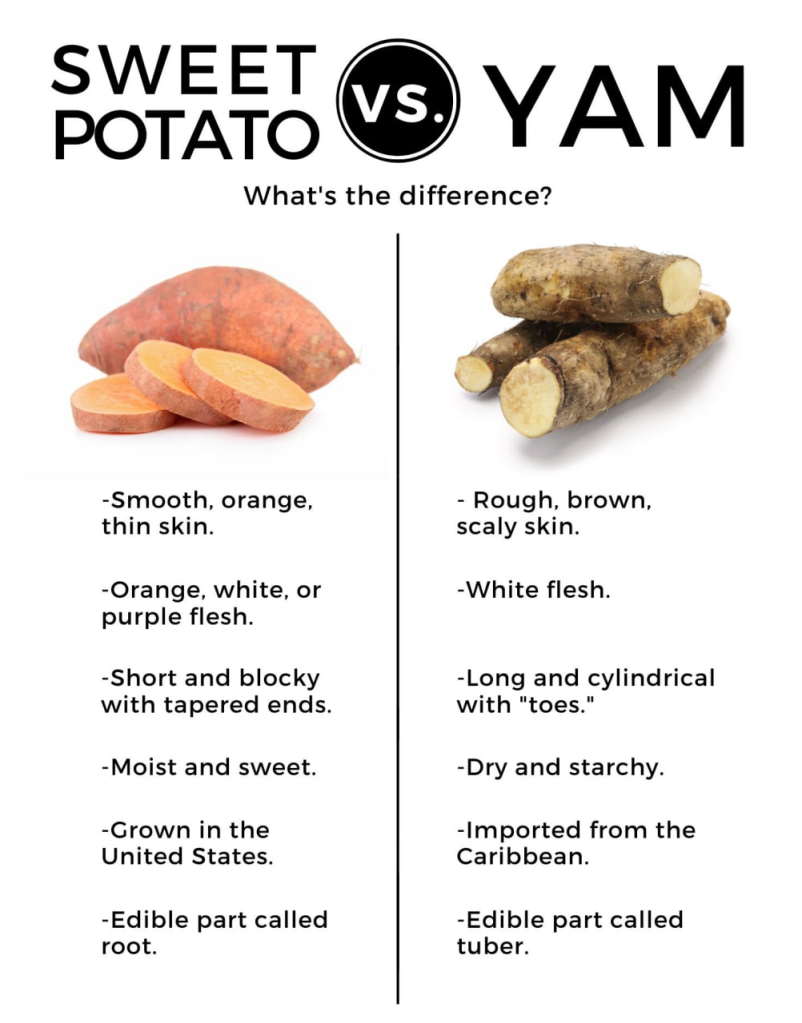Free Courses Sale ends Soon, Get It Now


Free Courses Sale ends Soon, Get It Now


Copyright infringement not intended
Picture Courtesy: https://www.thehindu.com/news/cities/Madurai/28-Paliyar-tribal-families-intensify-fight-for-land-titles/article15690313.ece
Context: The recent research findings highlight the urgent need for immediate government action to address the socio-economic challenges faced by the Paliyar and other tribes.
Details
Key points from the research
Proposed Actions
|
This research emphasizes the critical need for immediate and sustained government intervention to improve the lives and opportunities for Paliyar tribes and other marginalized groups in Tamil Nadu. |
About Paliyan Tribe
Traditional Lifestyle and Economic Transition
|
Yams are starchy staples in the form of large tubers produced by various species of the Dioscorea genus, which includes both wild and domesticated varieties. They are cultivated in regions across Africa, the Americas, the Caribbean, the South Pacific, and Asia. |

Cultural Identity and Language
|
Tribal herbal practitioners play a crucial role in providing healthcare using traditional botanical preparations among the Paliyar tribes. |
Social, Economic, and Environmental Issues
Way Forward
Source:
|
PRACTICE QUESTION Q. Consider the following statements in the context of the Paliyar tribes: 1. They primarily reside in Andhra Pradesh and Telangana. 2. They are traditionally nomadic hunter-gatherers. 3. Yams are a major food source for the Paliyar tribes. 4. They speak a Dravidian language closely related to Telugu. How many of the above statements are correct? A) Only one B) Only two C) Only three D) All four Answer: B |
© 2024 iasgyan. All right reserved